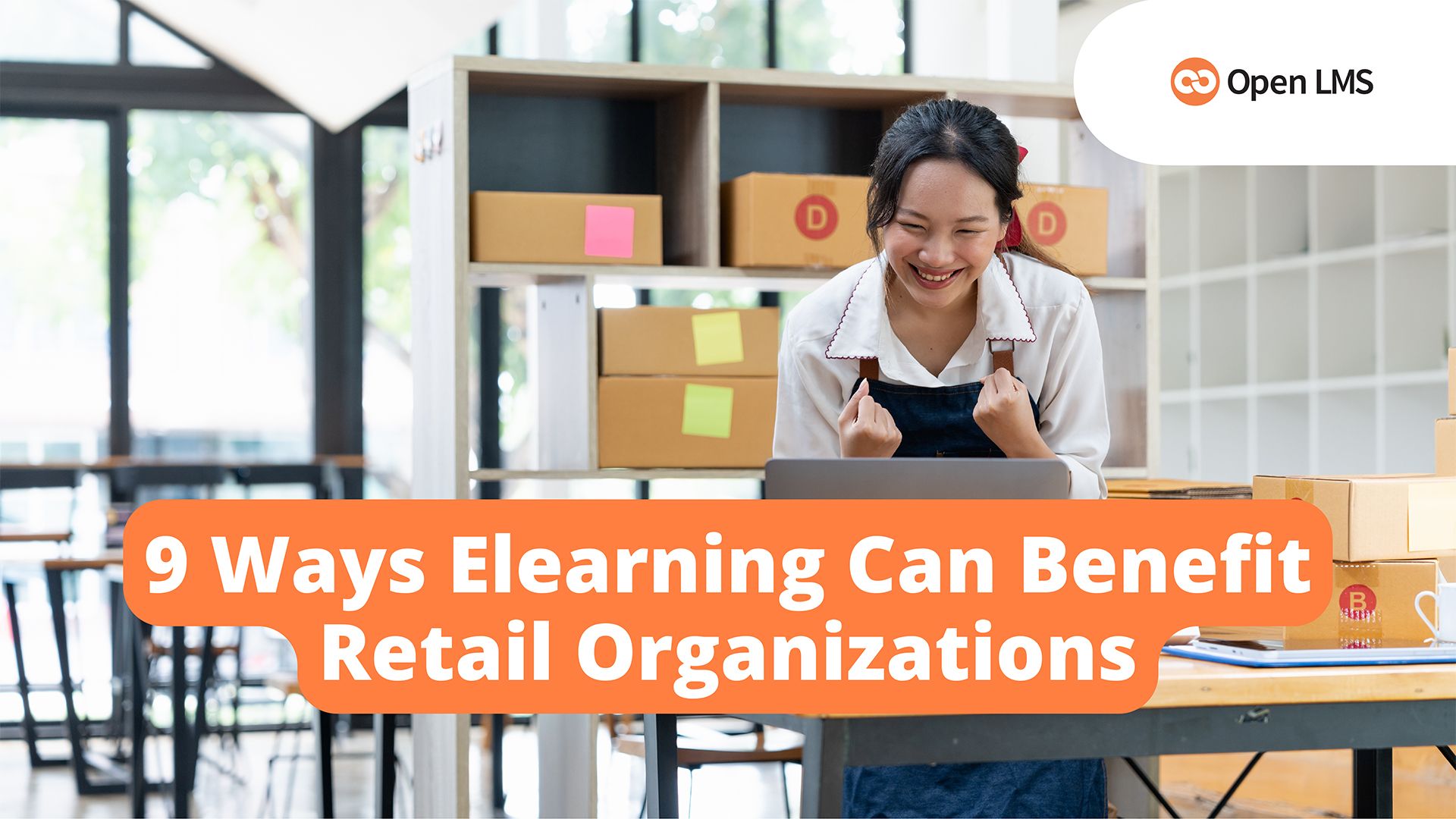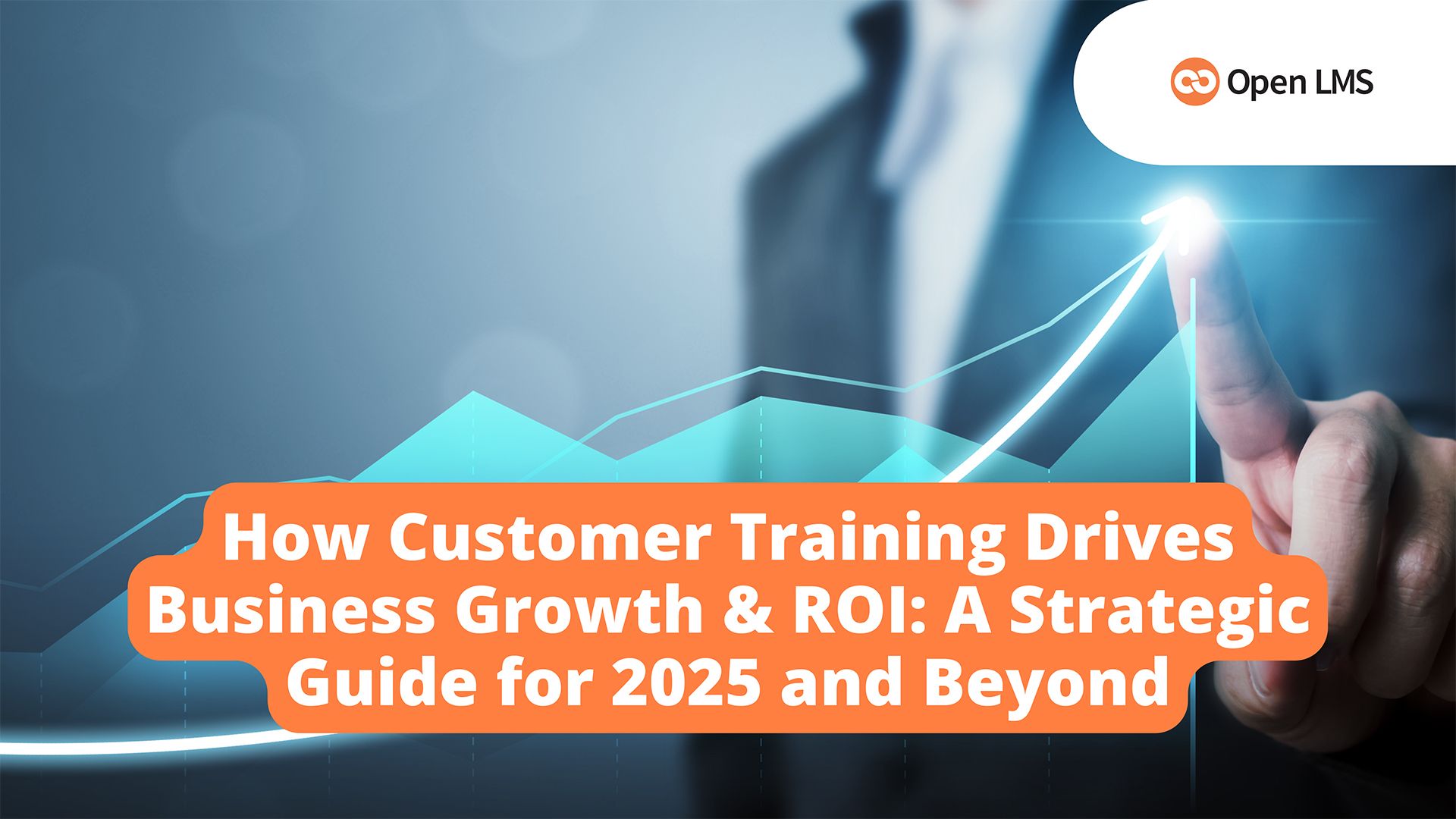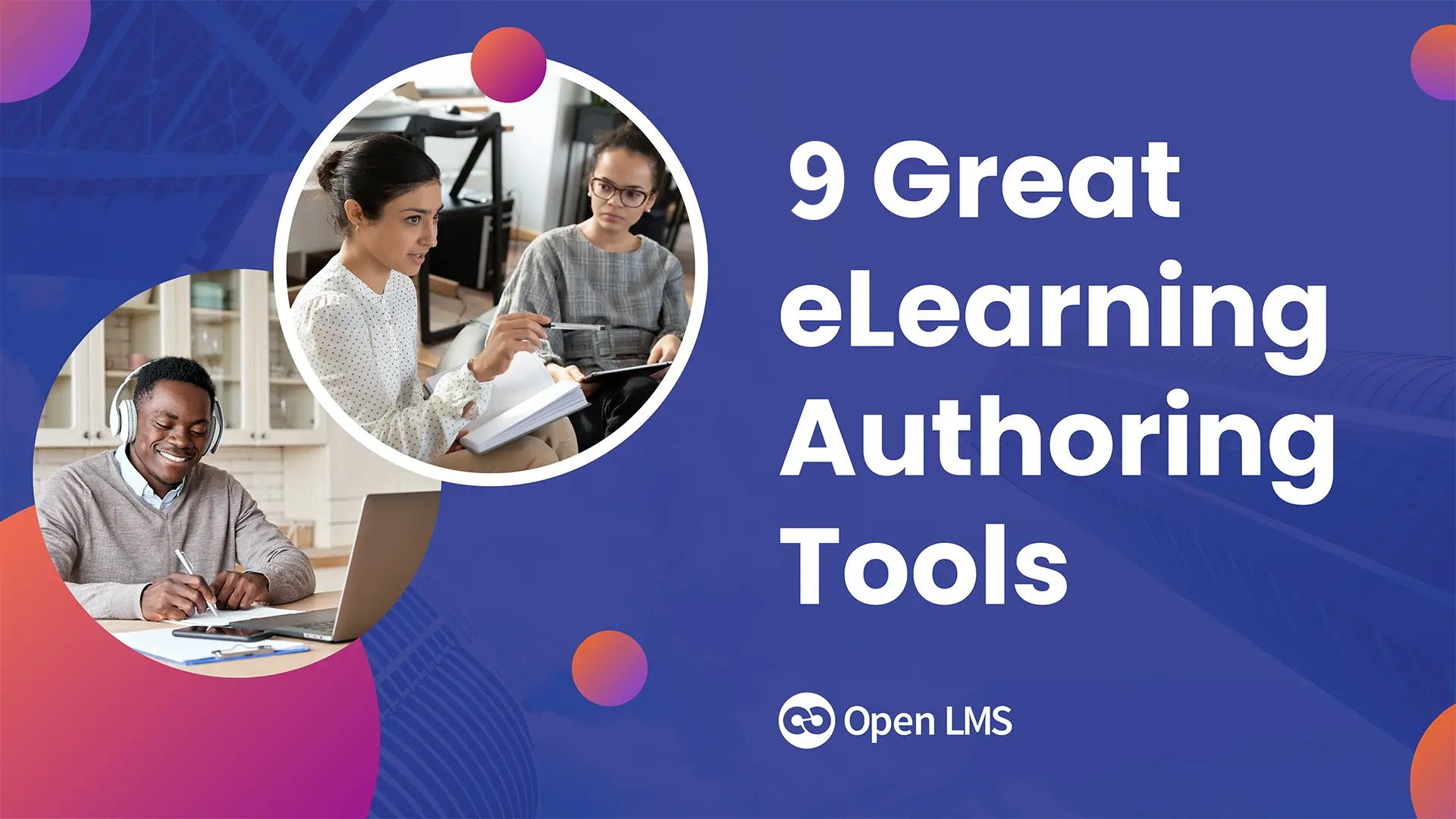
9 Ways Elearning Can Benefit Retail Organizations
Explore how eLearning transforms retail training, addressing challenges like high turnover, product readiness, and customer engagement for lasting success.
Explore how eLearning transforms retail training, addressing challenges like high turnover, product readiness, and customer engagement for lasting success.
Discover 4 ways to implement an effective customer training program and take advantage of its productivity, customer retention, and profitability.
Discover five ways to future-proof your workforce by implementing a flexible and scalable upskilling strategy with Open LMS.
Discover nine eLearning content development tools that will help you take your course-making efforts to the next level.
Learn about some L&D strategies that have outlived their usefulness and discover the new techniques demanded by current best practices.
From mobile learning to accessibility and gamification, learn five strategies for keeping your hybrid workforce engaged with digital learning initiatives.
Ensure you choose the right learning platform to enhance your training programs by answering these 8 key questions. Open LMS can help. See how, with examples.
Explore 10 signs your organization is ready for an LMS. Centralize training, ensure compliance, and empower your workforce with smarter solutions.
Employing a contingent workforce can significantly reduce business costs. Learn how to leverage your LMS to train temporary employees and enhance your ROI.







